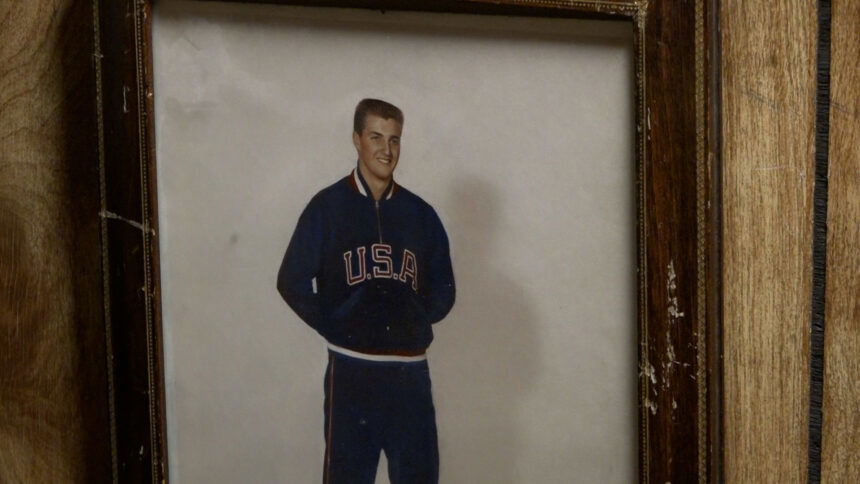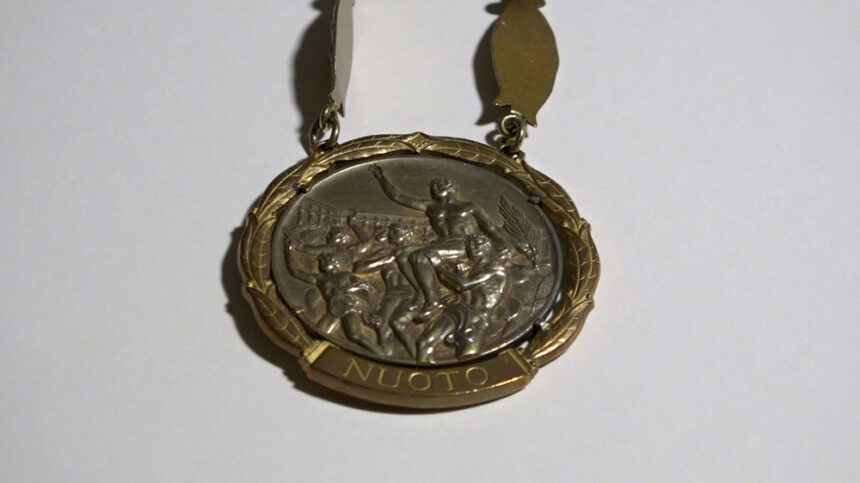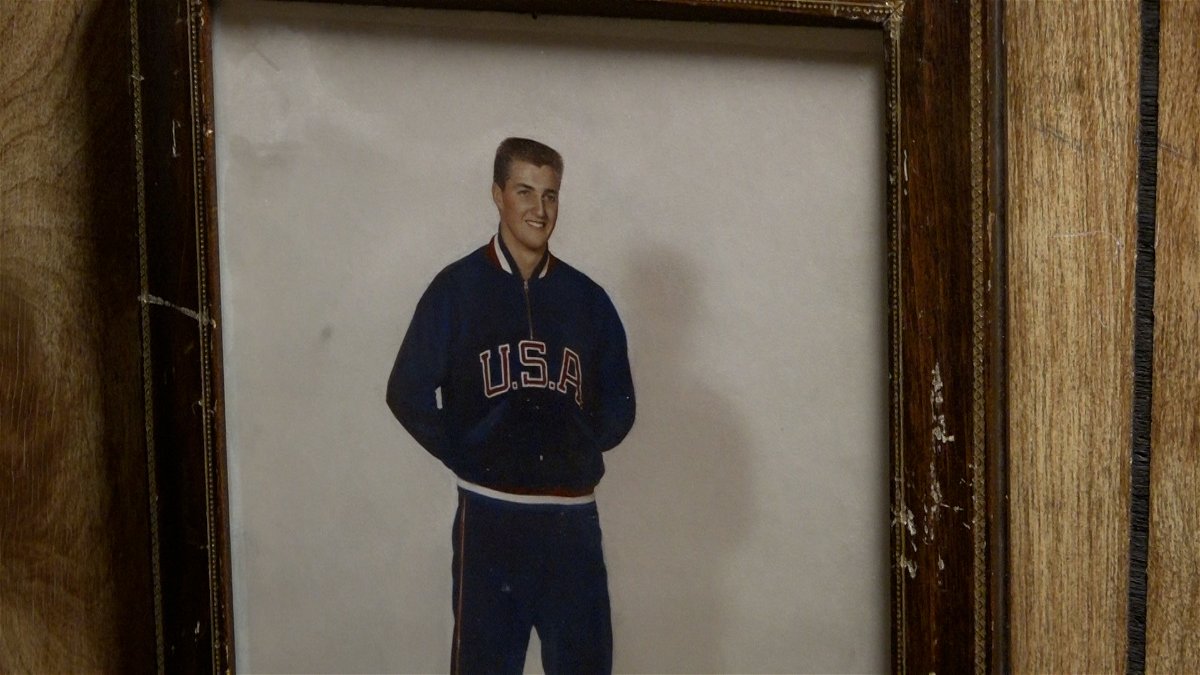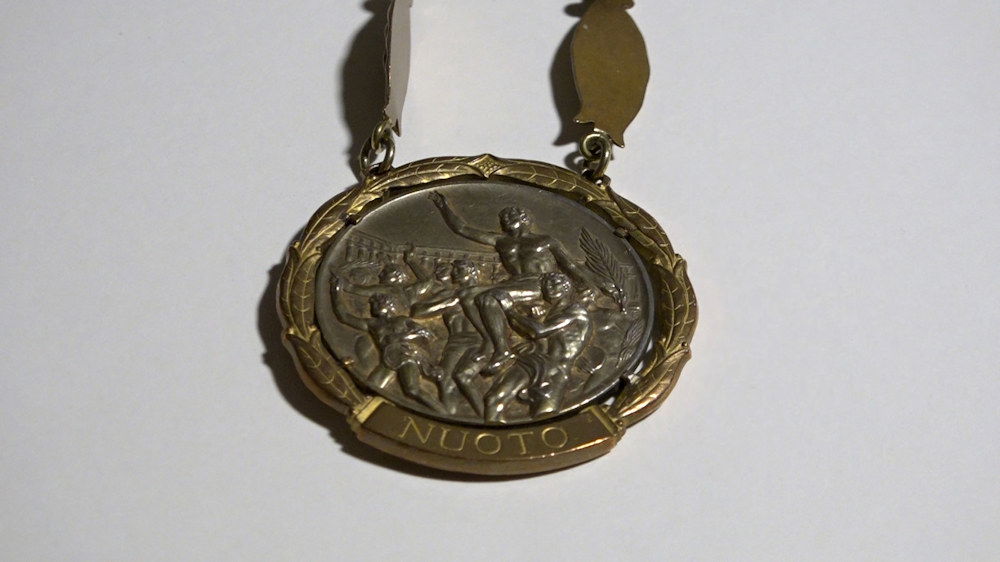Bend’s Paul Hait reflects on challenges before winning 1960 Olympic gold


'When someone tells me I can't do something, that's when I get really fired up.'
(Update: Adding video)
BEND, Ore. (KTVZ) -- Paul Hait could spend hours showing you his Olympic mementoes.
"This is the certificate from 1960 of the All-American swimming team," he said recently, showing some of the framings in his house.
Mementoes this longtime Bend resident almost missed out on.
"I injured my neck when I was in high school,” he said. “I would black out when I'd turn my neck. I didn't know what sport to go into."
Luckily, he just happened to be in the pool, with the swim coach at his high school watching from afar.
"He said, ‘You're a natural born breaststroker,’” he recalled. “And he said, ‘Well why don't you get on the swim team?’”
That was his sophomore year.
Fast forward two years. Hait became captain of the team, setting records along the way. That landed him on Stanford's swim team, before the injury bug struck again.
"I was in a stupid towel fight in the shower room, and I slipped over a cement ledge and seriously injured my back,” he recalled. “I wound up for most of freshman year, going around the Stanford campus with a steel brace and dragging my right leg."
Hait had surgery after his freshman year and spent nearly 10 months recovering. He had limited feeling in his right leg. But he still had the drive.
"And about 4 1/2 months before the Olympic Trials, I made the decision that I wanted to train for the Olympics," he said.
Hait said that decision was inspired by a chance meeting with his friend at the Stanford gym.
"And he said, ‘Set big goals,' and he said, 'To get your strength back, get back in the water.’ And I went to my advisor, John Arnold at Stanford, and said, ‘Do you think I should train for the Olympics?’” he remembered.
“He said, ‘Paul, there's only one time in your life when you should do something, and that's when you want to do it. Do you want to train for the Olympics?’ And I said, 'Yes.' He said, ‘Get out of here and go train for the Olympics.’"
His parents were worried about his injuries and had him see a doctor, who told him his competitive swimming days were over. But that didn't stop his coaches.

"He said ‘Can you kick? 'No.' 'Can you dive?' 'No.' "What can you do?' 'I can pull,” Hait recalled. “He said, ‘Go get your suit on and get in that lane.’"
He miraculously made the Olympic team heading to Rome for the 100-meter breaststroke anyway.
"When someone tells me I can't do something, that's when I get really fired up," Hait said.
His performance in Rome was proof.
In the 4 X 100 medley relay, he swam the breaststroke leg in the prelims, breaking the world record in the process. Then in the finals, they did it again, grabbing gold in what would become a dynasty.
"It's the only dynasty in Olympic history,” Hait said. “The U.S. has never lost that race, since 1960."
And 1960 was the first year the Olympics featured the 4 X 100 medley relay. It's also the race Michael Phelps won his last gold in, at the Rio Games.

Hait didn't compete in a title defense at the '64 Games in Tokyo. He contributed in another way.
"I was involved in working with and developing the klystron tube, the microwave tube that was used to transmit the 1964 Olympics by satellite," he said.
Through the years after the Rome Games, he added more than 70 patents to his name, and now he's focusing on art.
"I got this wild idea that I was going to, and paint these birds,” he said.
But he'll never forget his past.
"This gold medal helped me when I had a bad back, and inspired me to train for the Olympics," Hait said.